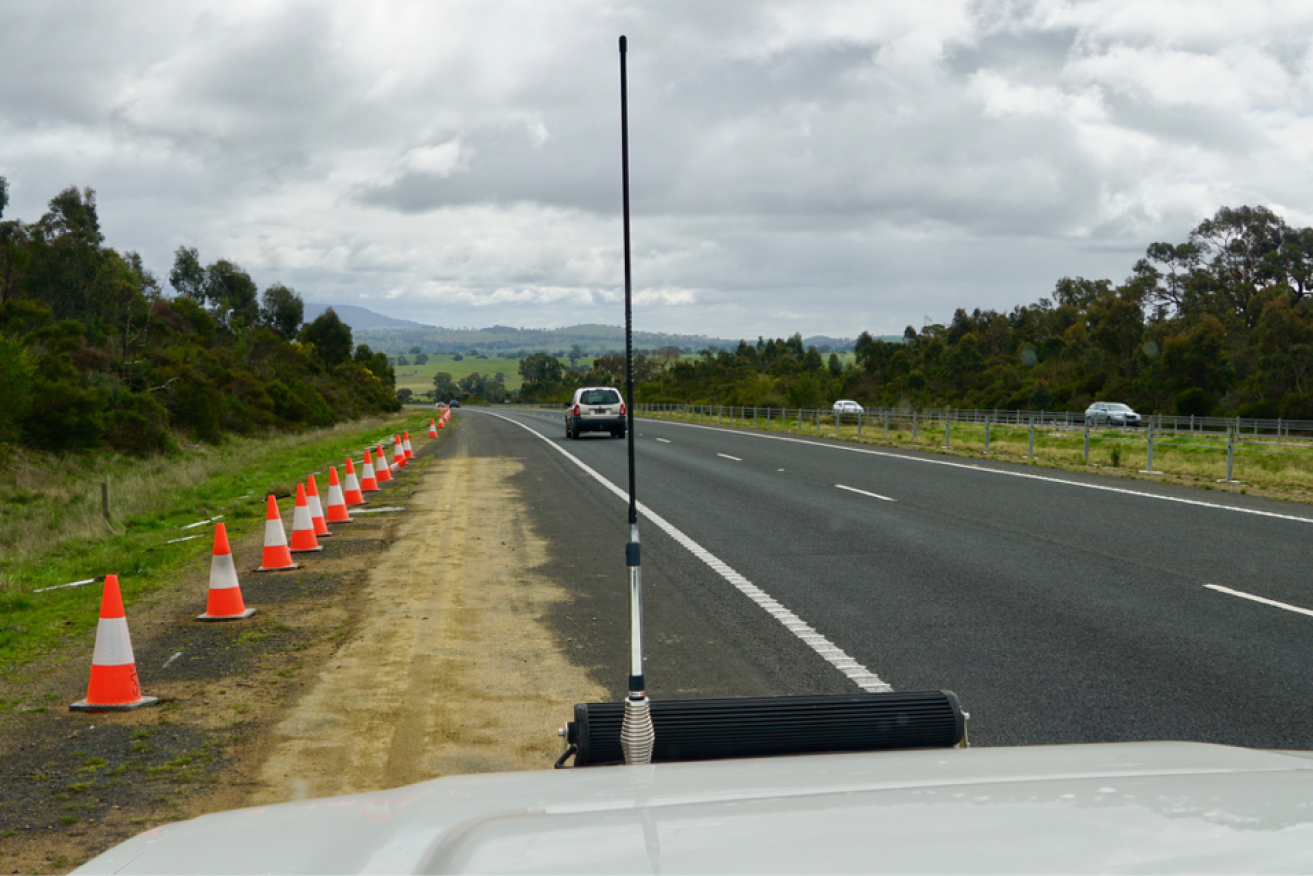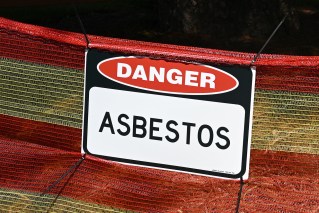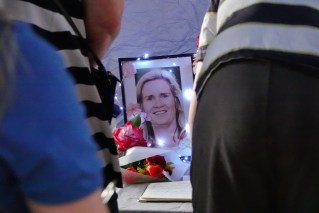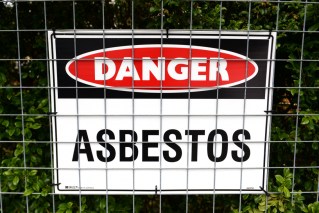Firefighters fear wire-rope barriers will block brigades this summer

Andy Chapman fears wire-rope barriers being installed on the Calder Freeway (pictured) will hamper firefighting efforts.
Firefighters fear wire-rope barriers that have been rolled out to stop road deaths could hamper their efforts to put out bushfires.
Standing by the side of the Calder Freeway, northwest of Melbourne, Country Fire Authority (CFA) Elphinstone captain Andy Chapman imagines dozens of cars could be trapped by smoke and fire burning on both sides.
Because of the wire-rope barriers that are going up, Mr Chapman said it could be difficult to quickly reach fires.
“I can see the mayhem that would happen here,” said Mr Chapman, a firefighter with 50 years’ experience.
“This would be absolutely bloody diabolical.
“People would be corralled in there. They won’t be able to get out. How do we get fire trucks in?”
Mr Chapman conceded the barriers, when installed appropriately, can prevent road accidents on Victorian high-speed roads.
His concerns are shared by firefighters across the state as summer approaches.
Since 2016, up to 2000 kilometres of wire-rope barriers have been installed along 20 of Victoria’s riskiest roads as part of the state government’s $1.4 billion Towards Zero campaign to lower the road toll.
Wire-rope barriers, cables attached to metal posts, are designed to prevent run-off and head-on crashes by up to 85 per cent.
But they have attracted criticism from CFA members.
In eastern Victoria, Gippsland East MP Tim Bull has spoken to Hillside and Lindenow CFA brigades.
Firefighters there are worried that wire-rope barriers will restrict access to roadside nature reserves, which can act as fire corridors.
The barriers have already blocked fire crews from accessing a fire along Sale-Maffra Road, Mr Bull said.
VicRoads guidelines recommend barrier breaks every 500m to 1km to allow access for emergency services’ vehicles.
However, misunderstandings over what constitutes an access point were “apparent” as recently as January this year, a CFA captain said.
Harcourt Valley CFA captain Andrew Wilson, who leads the brigade near Elphinstone, said the majority of access points – which are formed by overlapping sections of wire-rope barriers – are not designed for large tankers, which can be up to three metres wide.
Access points are about four meters wide and VicRoads maintains they provide the safest and most practical access for maintenance vehicles and smaller emergency services trucks.
Mr Chapman said their angle to the carriageway makes entering them “fraught with danger”, as trucks need to reverse in or do semi U-turns against traffic. Many of these access points are not sealed, so trucks get bogged when the ground is wet, he said.
The CFA wants wide barrier breaks over sealed ground that allow fire trucks to do U-turns. VicRoads calls these types of barrier breaks “emergency crossovers”, which are less commonly found than maintenance access points.

Unsealed access points formed by overlapping barriers, intended for VicRoads maintenance vehicles, are difficult for large emergency vehicles to use.
VicRoads said it has had at least five meetings and three site inspections with the CFA, including District 2 representatives and local captains since February 2017.
But Mr Chapman said his crew have been “hindered on just about every job” because of insufficient barrier breaks or narrow road shoulders.
He said on one occasion, the fastest way to reach an accident on the opposite side of the freeway was to park in the centre median and cross it on foot.
But the barriers were so close to the carriageway that he couldn’t open his door wide enough to get out, so he instead drove along looking for a barrier break.

Firefighters want sealed breaks in double centre median barriers called “emergency crossovers” to turn around.
The first break he reached was an access point but “with the amount of traffic that night I certainly wasn’t prepared to use it”, Mr Chapman said.
He continued driving and used an emergency crossover about 2.5 kilometres from the accident.
In August last year, the Elphinstone brigade was forced to drive 200 metres against peak-hour traffic to avoid a five-kilometre detour when responding to a burning car in the centre median.
Mr Chapman said CFA personnel were nearly hit by a truck and ambulance through the thick smoke and rain.
Distances between wire-rope barriers and carriageways on the Princes Highway West near Winchelsea have been extended from 30 centimetres to four metres after furious campaigning, Polwarth MP Richard Riordan said.
Irrewarra fire captain John Martin said he has “the benefit of hindsight looking at what I call mistakes in that road design”, referring to the barrier along the Princes Highway between Geelong and Winchelsea.
“No good complaining after it’s built.”
He contacted VicRoads early this year before construction began with concerns about widths of access point and fire hydrants along the highway.
Had the original VicRoads plans gone ahead, Mr Martin said the barriers could have restricted access to about 15 fire hydrants. The amended plans mean that he will retain access to all but two hydrants.
He also asked for access points to be widened to at least double the width of the tanker and the ground sealed.
The Major Road Projects Authority (MRPA) said it has spoken extensively with the community as part of the upgrade and has worked with the CFA to identify minor amendments.








